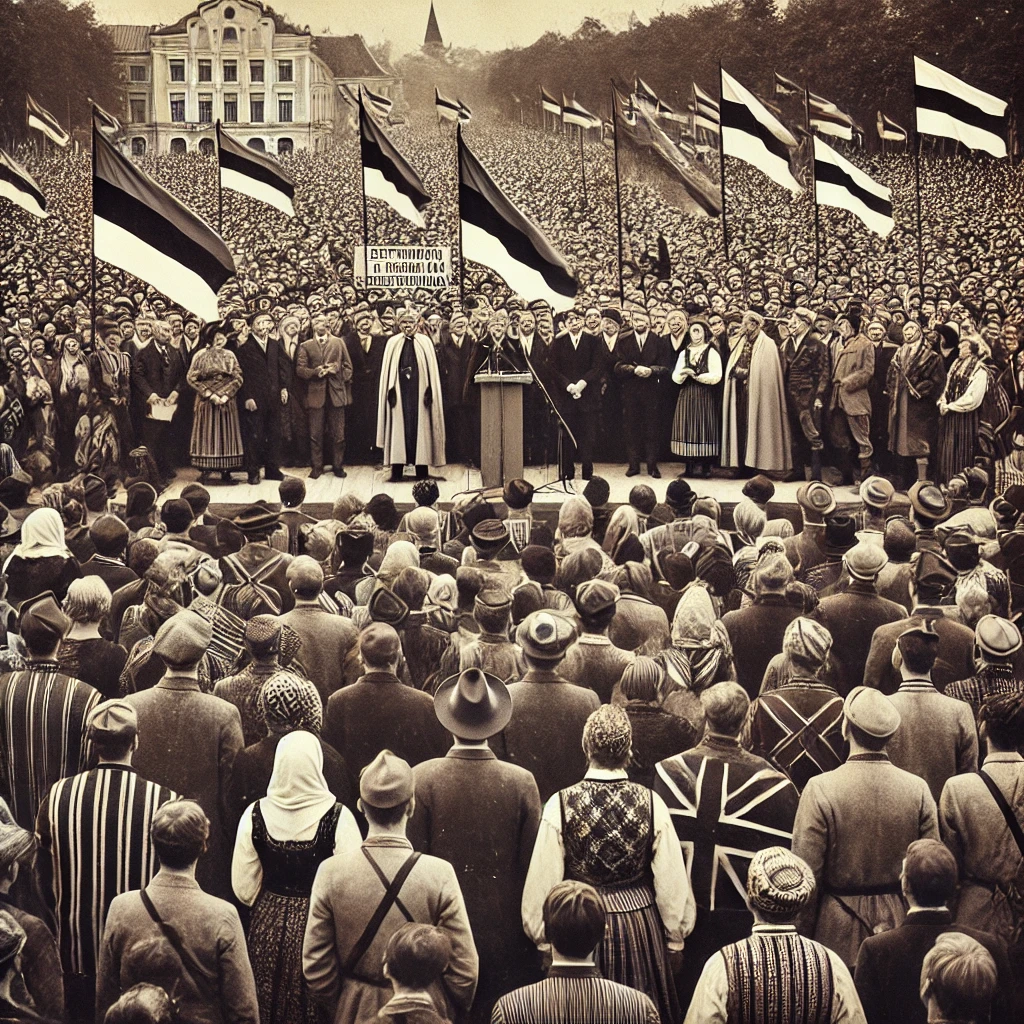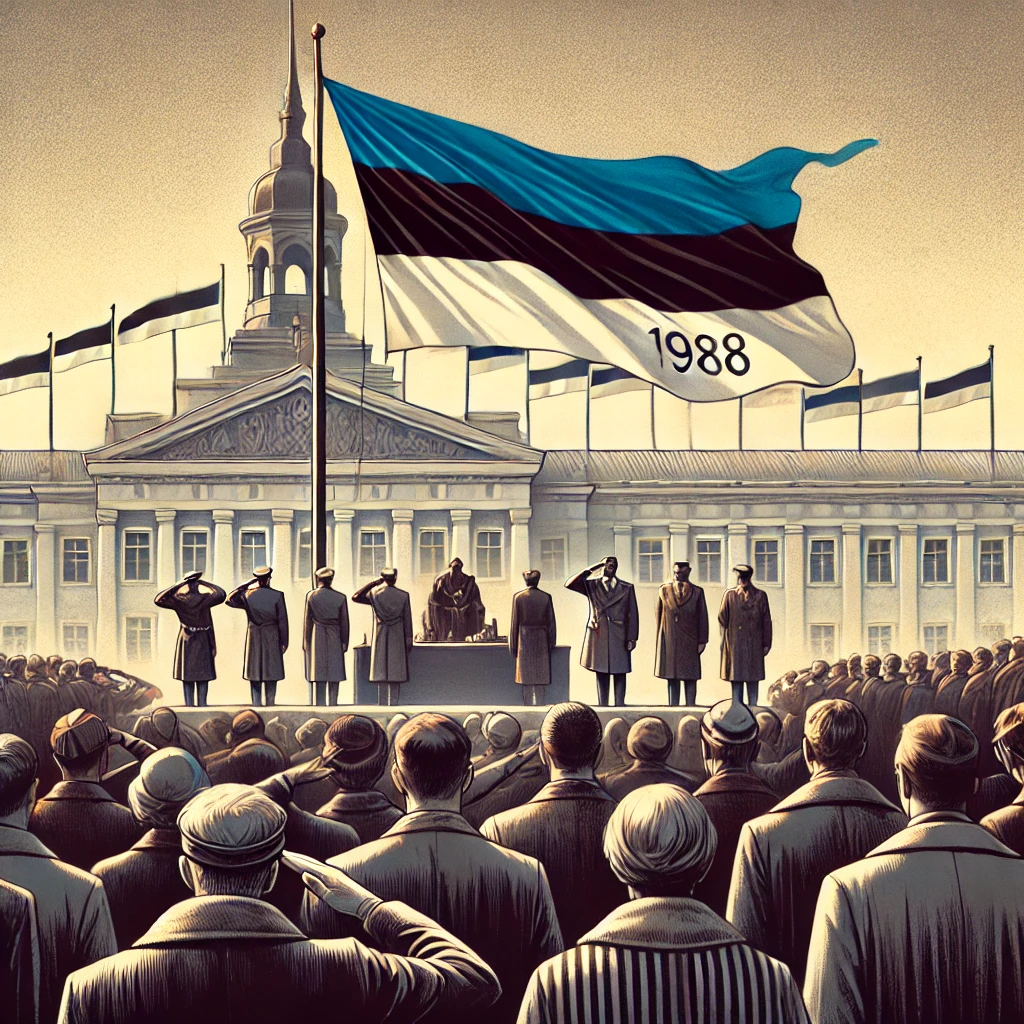On November 16, 1988, Estonia boldly declared its sovereignty within the Soviet Union, a pivotal moment that set the stage for the country’s eventual independence in 1991. This declaration not only reflected the growing desire for self-determination among the Baltic states but also played a significant role in the broader context of the dissolution of the Soviet bloc. Estonia’s journey towards independence is a testament to the resilience of its people and their commitment to reclaiming their national identity.

Historical Context and the Push for Sovereignty
Estonia’s declaration of sovereignty came during a time of political upheaval in the Soviet Union, as reformist movements gained momentum under Mikhail Gorbachev’s policies of glasnost (openness) and perestroika (restructuring). The Baltic states, having experienced decades of Soviet occupation and repression, began to assert their rights and demand greater autonomy. In Estonia, a growing national movement emerged, fueled by a desire to preserve the country’s cultural heritage and political independence.
The declaration of sovereignty was a significant step in this movement, as it recognized the right of the Estonian people to govern themselves. The Estonian Supreme Council’s decision emphasized the importance of restoring the nation’s independence and laid the groundwork for subsequent political actions. The declaration resonated not only within Estonia but also inspired other Soviet republics to pursue their aspirations for autonomy and self-governance.

The Path to Independence
Following the declaration of sovereignty, Estonia entered a critical phase in its struggle for independence. The Estonian government began to implement reforms aimed at distancing itself from Soviet control, including the establishment of a national currency and the promotion of the Estonian language and culture. This period saw increased public support for independence, culminating in mass demonstrations and cultural events that unified the population around the cause.
In 1991, following a failed coup in Moscow, Estonia seized the opportunity to declare full independence from the Soviet Union. The swift actions taken by the Estonian government and the support of the populace led to international recognition of Estonia’s sovereignty. The restoration of independence was celebrated as a triumphant culmination of years of struggle, marking a significant milestone in the country’s history.
Significance in the Context of the Soviet Union
Estonia’s declaration of sovereignty in 1988 was not only important for the country itself but also represented a broader trend across the Soviet bloc. The willingness of the Estonian people to assert their rights and identity contributed to the growing wave of independence movements throughout Eastern Europe. As nations began to break free from the constraints of Soviet control, the balance of power in the region shifted dramatically.

The events in Estonia, along with those in other Baltic states and Eastern European countries, played a crucial role in the eventual collapse of the Soviet Union in 1991. This period marked the end of an era characterized by authoritarian rule and state control, leading to a new landscape of independent nations committed to democratic governance and self-determination.
The declaration of sovereignty by Estonia on November 16, 1988, marked a significant turning point in the country’s history and the unfolding narrative of the Soviet bloc. This courageous act of asserting national identity laid the foundation for Estonia’s eventual independence in 1991, inspiring movements across the region. As we reflect on this important event, we acknowledge its lasting impact on Estonia and the broader geopolitical landscape, celebrating the resilience and determination of a nation that fought for its right to self-governance. The legacy of this declaration continues to resonate today, reminding us of the importance of freedom, identity, and the enduring spirit of a people.
